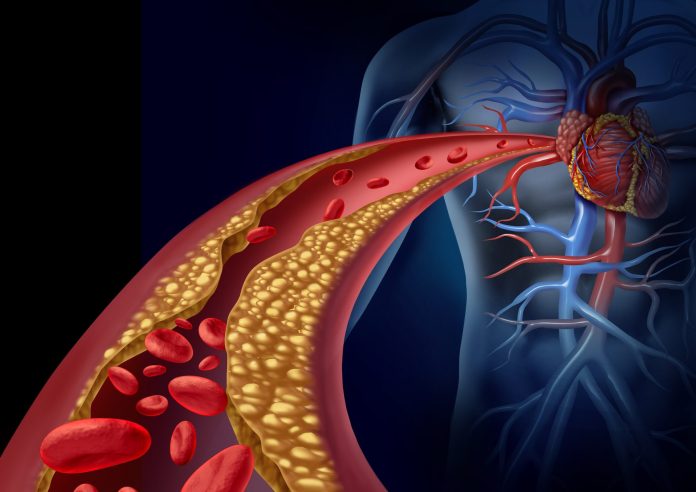Despite the use of similar assessment criteria when deciding whether new cancer drugs should receive funding, there are substantial differences in drug funding decisions, across comparable high-income countries.
This is the key finding from a new study published in the Lancet Oncology yesterday (31 May), led by Kristina Jenei from the London School of Economics and Political Science (LSE) and Dr. Bishal Gyawali, Associate Professor of Oncology and Public Health Sciences, from Queen’s University, Kingston, Canada.
With emerging criticisms that cancer medicines are expensive with modest benefits to patients, the authors set out to compare the assessment criteria, known as health technology assessment criteria (HTA), being used by eight economically similar high-income countries when deciding whether to fund new cancer medicines.
The eight countries studied were England, Canada, France, Germany, Italy, Japan, New Zealand and Australia.
The researchers found the countries employ overlapping funding assessment criteria. For example, all countries consider the therapeutic benefit of a drug, most consider whether a drug is cost effective and most consider the budget implications of funding a drug on their health system.
However, despite these overlapping criteria, the researchers found there were significant discrepancies in funding decisions.
For example, of the best-selling cancer drugs across a variety of cancer types, Germany funded all of them; followed by Italy with 94 percent; Japan with 82 percent; then England, Canada, France and Australia with 79 percent. Finally, New Zealand funded 35 percent.
In a separate analysis looking at funding for cancer drugs determined to have marginal benefit by an independent body (the European Society of Medical Oncology), Germany funded 83 percent; Japan 67 percent; France 50 percent; Italy 39 percent; Canada 28 percent; England and Australia 17 percent. New Zealand did not fund any cancer medicines with marginal benefit.
These results raise important questions around whether similar assessment criteria are being given different weight by different assessment bodies or other factors are being considered implicitly.
The authors note that these results underscore the importance of transparency in funding decisions and demonstrate the discordance in public funding decisions across economically and demographically similar countries.
In the study discussion, the authors state: “In our study, although all countries included economic factors within HTA criteria, how these data are weighted in reimbursement recommendations was not clear. Japan and England specified explicit cost-effectiveness thresholds, which were more lenient for cancer than other conditions. Other countries might need to revisit how economic data are considered to ensure sustainability of publicly funded health systems, including establishing clear cost-effectiveness thresholds.”
Commenting on recent developments and the implications of their findings, co-author Kristina Jenei, a PhD candidate in Health Economics and Health Policy at LSE said: “Access to cancer medicines is important to patients. However, countries need to ensure the medicines offered to patients are beneficial compared to what already exists. In the UK, NICE assess value on a variety of criteria and is one of the only countries that includes a cost-effectiveness threshold. England is the only country in our study that had a mechanism to fund drugs temporary through the Cancer Drug Fund while collecting better evidence on their ‘real-world effectiveness’.
“Our study results will help facilitate collaboration and streamlining of HTA efforts across G7 countries, which seems relevant right now given that such collaboration already seems to have started for cancer research. Our findings can be used in these efforts to compare and strengthen existing health technology assessments between countries given HTA’s central role in determining access to medicines, and ultimately outcomes, for patients. But as cancer treatment and evidence becomes more complex, existing methods may need to be adapted.”
The researchers found that among the cancer drugs with the lowest degree of clinical benefit, an average of only 38 percent were recommended for funding in other high-income countries, despite all of them being approved in the U.S.
This finding highlights the fact that drugs with a marginal degree of benefit are not often recommended in other jurisdictions despite having the stamp of FDA-approval, and that the drugs on which the U.S spends the most are also not always reimbursed in other countries.
The study underscores the importance for ongoing initiatives for international alignment between HTA organizations to ensure high-value cancer medicines are accessible to patients and ultimately improve health outcomes.
Health Technology Assessment for cancer drugs may seem straightforward at the first glance because most countries look at similar parameters such as efficacy, cost-effectiveness, etc. However, our study found that there are several nuances and differences in how these are interpreted, and this will provide opportunity for countries to learn from each other.
Also importantly, our study shows that just because a cancer drug is approved by the US FDA doesn’t automatically mean that it is an important drug that other countries should spend their resources on. Although all the cancer drugs that provide minimal clinical benefit were approved by the FDA, most countries didn’t reimburse a majority of these- New Zealand reimbursed 0% of these. These lessons are important for several LMICs in the world without an HTA agency where FDA approval is considered synonymous to high quality.”
Dr. Bishal Gyawali from Queen’s University, Kingston, Canada
Source:










